Paws and Progress: How Cutting-Edge Tech is Revolutionizing Animal Care
- Devyani
- 8 months ago
- 4 minutes read

From AI-powered diagnostics to 3D-printed prosthetics, veterinary medicine is leaping into the future—and our furry (or scaly) friends are reaping the benefits. Let’s explore the coolest tech transforming animal care today!
Gone are the days when a vet’s toolkit was limited to a stethoscope and a steady hand. Today, technology is reshaping how we care for animals—making treatments faster, more precise, and often way cooler than we ever imagined. Whether it’s robot-assisted surgeries or wearable health monitors, innovation is giving vets (and pet parents) powerful new ways to keep animals healthy.
So, what’s driving this change? Let’s dive in!
AI & Machine Learning: Smarter Diagnoses, Happier Pets
Imagine a tool that can spot early signs of disease just by analyzing a pet’s medical history—or even a photo. That’s exactly what AI is doing in veterinary medicine!
Diagnostic Assistance
AI algorithms can now detect conditions like cancer, arthritis, and heart disease from X-rays, MRIs, and lab results—sometimes faster than human experts.
Predictive Analytics
By crunching data from thousands of cases, AI helps vets predict health risks before symptoms appear. Think of it as a weather forecast for your pet’s health!
Virtual Vet Assistants
Chatbots and apps now guide pet owners through basic care, answering questions like, "Is my dog’s limp serious?" or "Why is my cat sneezing so much?"
It’s not about replacing vets—it’s about giving them superpowers!
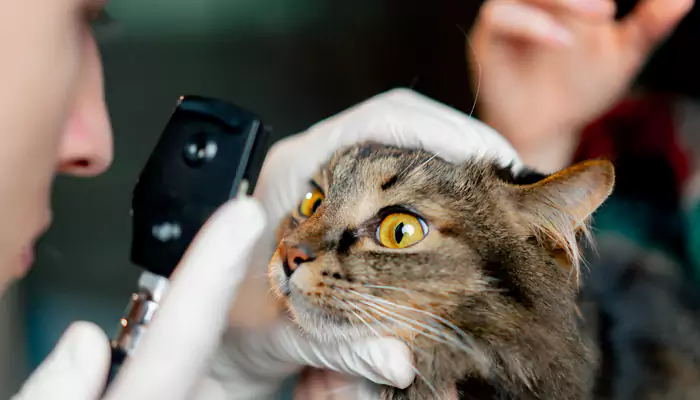
Telemedicine: Vet Visits from Your Couch
Raise your hand if your pet hates car rides. (We see you, cat owners.) Luckily, telemedicine is making vet care more accessible—and less stressful.
Remote Consultations
Through video calls, vets can assess minor issues, review symptoms, and even guide owners through at-home treatments.
Wearable Tech
Devices like FitBark or Whistle track activity, sleep, and vital signs, sending real-time data to vets. If something’s off, they’ll know before you do!
Specialist Access
Rural pet owners can now consult top specialists without traveling hours. A win for cows, horses, and exotic pets too!
Of course, emergencies still need in-person care, but for routine check-ins? Telemedicine is a game-changer.
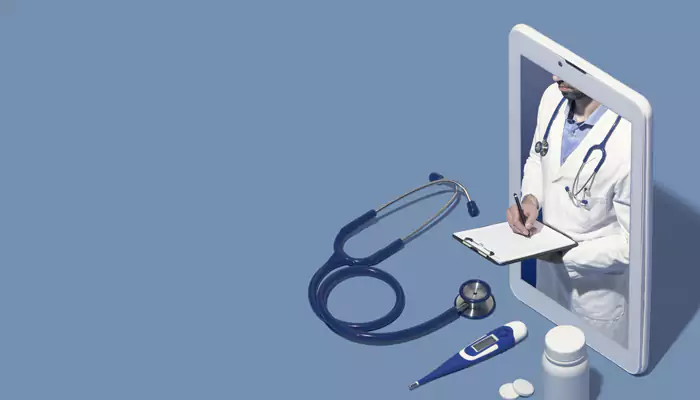
3D Printing: Custom Care for Unique Creatures
From prosthetic limbs to dental implants, 3D printing is helping animals in ways that were once sci-fi.
Prosthetics & Orthotics
Dogs with missing limbs, turtles with broken shells, even parrots with damaged beaks—3D printing creates lightweight, custom-fitted solutions.
Surgical Models
Before complex surgeries, vets can print 3D replicas of an animal’s bones or organs to plan every move.
Dental Work
Custom crowns and braces? Yes, even pets sometimes need them!
Each print is tailored to the patient, making recovery smoother and faster.
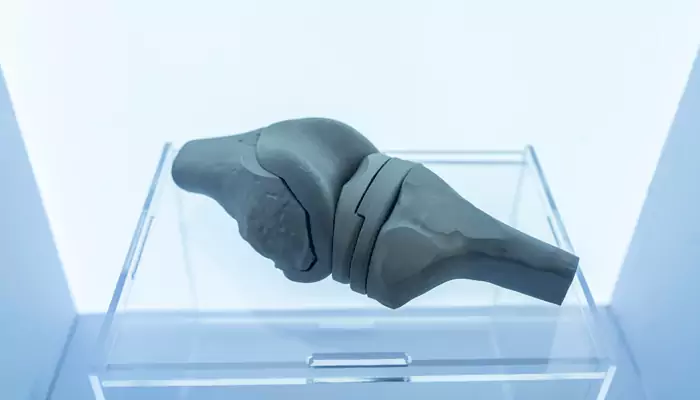
Robot-Assisted Surgery: Precision at Its Finest
Robots aren’t just for assembly lines—they’re also scrubbing into operating rooms!
Minimally Invasive Procedures
Tiny robotic tools allow for smaller incisions, less pain, and quicker healing.
Steadier Hands
Robots eliminate tremors, making delicate surgeries (like spinal or eye procedures) safer.
Remote Surgery
In some cases, experts can guide robotic arms from miles away—great for rare or specialized operations.
It’s like giving vets a high-tech helping hand!
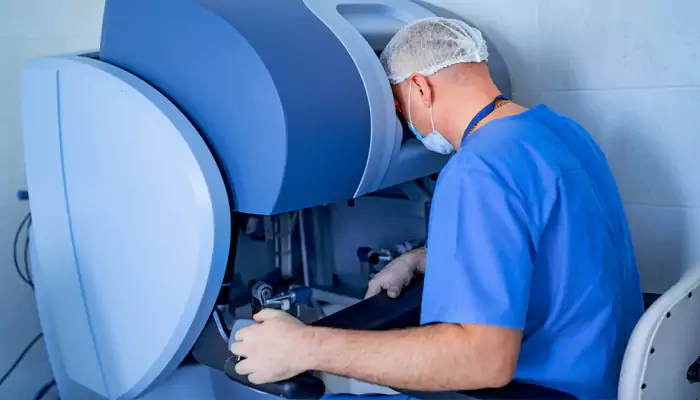
Regenerative Medicine: Healing from Within
Stem cells and biologics are unlocking the body’s natural ability to heal—and the results are astounding.
Stem Cell Therapy
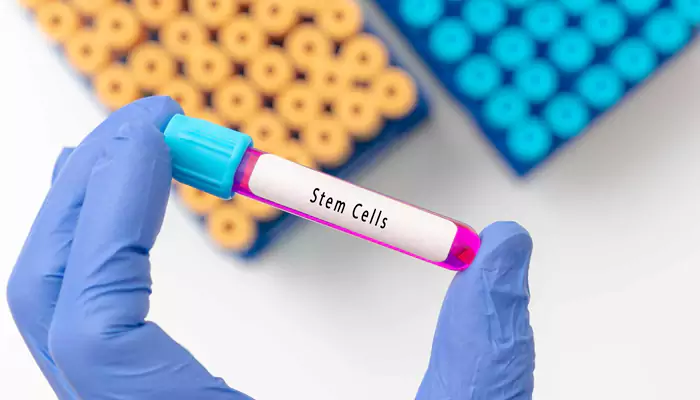
Used for arthritis, ligament injuries, and even organ repair, stem cells help regenerate damaged tissue.
Platelet-Rich Plasma (PRP)
This treatment speeds up healing in wounds, fractures, and joint issues by using the animal’s own blood.
Lab-Grown Tissues
Researchers are working on growing cartilage and skin grafts for pets with chronic conditions.
The best part? These treatments often reduce reliance on long-term meds.
The Future Is Here (And It’s Furry)
From AI to 3D printing, these innovations aren’t just flashy gadgets—they’re saving lives, improving outcomes, and making vet care more personalized than ever. And as tech keeps evolving, who knows what’s next? Maybe smart collars that detect illness before symptoms appear, or gene editing to prevent hereditary diseases.
One thing’s for sure: the future of animal care looks brighter (and way more high-tech) than ever. And our pets? They’re totally worth it.
Next time your vet whips out a tablet instead of a thermometer, don’t be surprised—they’re just riding the wave of innovation. And honestly? We’re here for it.












